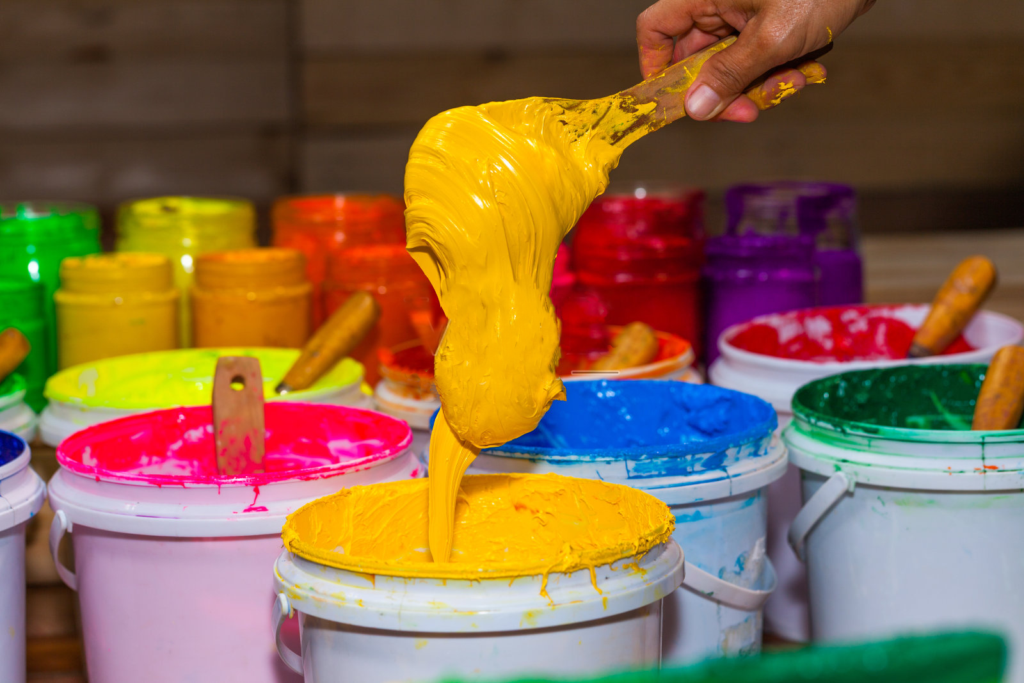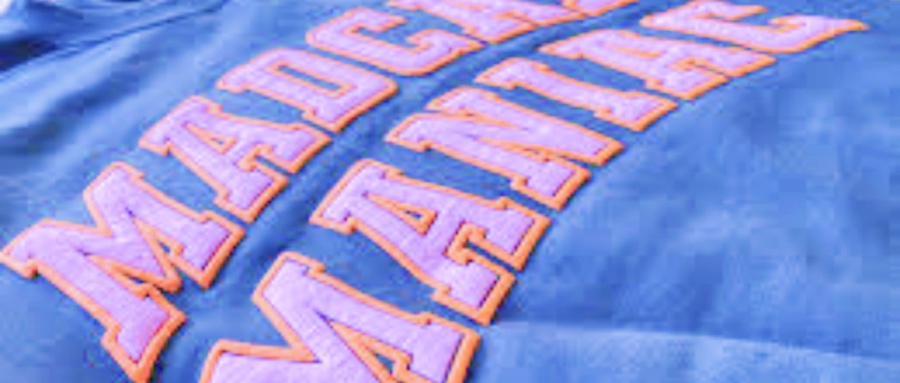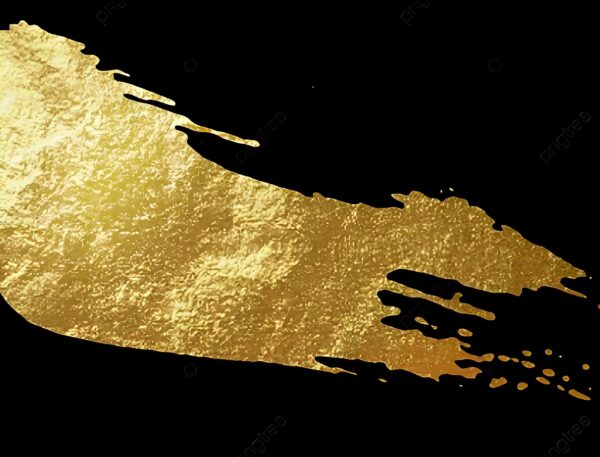Table of Contents
Learn all about squeegees for screen printing, including the best types, angles, and alternatives for a perfect print every time.
Screen printing is one of the most versatile and popular methods for printing designs on a variety of materials, including t-shirts, posters, and even signage. A crucial tool in this process is the squeegee for screen printing. This tool helps you push ink through a mesh screen onto your printing surface, ensuring vibrant, precise, and durable prints.
In this article, we’ll explore everything you need to know about squeegees for screen printing, including the best squeegees for screen printing, how to use them effectively, the right angle for screen printing, and some alternatives if you’re in a pinch.
How to Use a Decal Squeegee?
While decal squeegee for screen printing aren’t typically used in traditional screen printing, they do share some similarities with standard squeegee for screen printing in terms of function. Decal squeegees are commonly used in vinyl and adhesive applications. However, knowing how to use a decal squeegee effectively can provide useful insights into screen printing techniques as well.
Here’s a quick guide to using a decal squeegee:
- Prep the Surface: Before applying the decal, ensure the surface is clean and smooth. A decal squeegee works best on a dust-free, flat surface.
- Apply the Decal: Place the decal where you want it on the surface.
- Use Squeegees for Screen Printing : Hold the decal squeegee at a 45-degree angle to the surface. Apply consistent pressure as you move the squeegee over the decal. This helps eliminate any air bubbles and ensures the decal adheres properly.
- Peel Away the Backing: After applying pressure with the squeegee, gently peel off the backing paper, starting from one corner.
While decal squeegees are smaller and often made of softer rubber, their technique can be applied to the traditional Squeegees for Screen Printing process when dealing with smaller designs or vinyl applications.
What Kind of Squeegee is Typically Used?
When it comes to squeegees for screen printing, the type of squeegee you use can significantly impact the outcome of your print. In general, the most common squeegees used for screen printing are made from a rubber or polyurethane blade. These blades are mounted on a wooden, plastic, or metal handle.
The squeegee for screen printing typically comes in various sizes, shapes, and materials. Let’s break down the most common types:
- Rubber Blades: Rubber squeegees are most commonly used in screen printing due to their durability and flexibility. They are often used for printing on fabrics like t-shirts.
- Polyurethane Blades: Polyurethane squeegees are often preferred for high-quality prints, especially for printing thicker inks such as plastisol. Polyurethane is more rigid than rubber, which provides better ink control and less wear.
- Wooden Handles: Most squeegees come with a wooden handle, offering a comfortable grip. They are also sturdy and provide good control when pulling the ink through the screen.
- Metal or Plastic Handles: These are often found in higher-end squeegees and are typically lighter than wood, allowing for quicker and more controlled movements.
The key factor in choosing the right Squeegees for Screen Printing lies in selecting the right combination of blade material, blade hardness, and handle. The specific material and hardness will depend on the type of ink and substrate you’re using.
Which Squeegee is Best for Screen Printing?
Choosing the right squeegee for screen printing can make a significant difference in the quality of your print. The best squeegee will depend on the type of Squeegees for Screen Printing you are doing and the materials involved.
Here are a few factors to consider when selecting a squeegee for screen printing:
- Blade Durometer: The hardness of the squeegee blade, or “durometer,” is one of the most critical factors. A softer blade (around 60-70 durometer) is ideal for fine detail work, while a harder blade (80-90 durometer) works best for thicker inks and large designs.
- Blade Material: Most screen printers prefer polyurethane blades over rubber because they last longer and provide better control. Polyurethane blades are also better at handling thicker inks without excessive wear.
- Handle Type: A wooden handle provides a solid, sturdy feel, but metal or plastic handles are lighter and easier to maneuver. If you’re printing a large volume of designs, you might prefer a lighter handle.
- Squeegee Width: The width of the squeegee should match the size of the design you’re printing. Smaller designs are best suited for narrower squeegees, while larger designs require wider squeegees to ensure a smooth, even application of ink.
The best squeegee for screen printing is one that suits your specific needs, whether you’re doing fine details, larger prints, or heavy-duty industrial printing. It’s important to consider your workflow and experiment with different squeegees to find the best fit.
What is the Best Angle for Squeegee for Screen Printing?
The angle at which you hold the Squeegees for Screen Printing play vital role in ensuring smooth ink flow and preventing issues like streaking or uneven application.
The most commonly recommended angle for squeegee use is between 45° and 60°. Here’s why:
- 45° Angle: This is the most common angle for most screen printing applications. It gives you good control and allows you to apply adequate pressure without straining your wrists. It is particularly effective when printing with thinner inks and smaller designs.
- 60° Angle: A slightly steeper angle of 60° is more appropriate for thicker inks like plastisol, where more pressure is needed to push the ink through the screen mesh. It also helps avoid the ink from pooling on the screen.
- Lower Angles (around 30°): A very low angle can result in too much ink left on the screen, leading to messy prints and a higher likelihood of streaking.
To find the best angle for your specific project, it’s essential to experiment. The correct angle, combined with the right pressure and speed, will lead to more consistent prints.

What Else Can Be Used as a Squeegee?
If you find yourself without a squeegee for screen printing, don’t panic! There are a few alternatives you can use in a pinch, though they may not deliver the same results as a purpose-built squeegee. Here are a few options:
- Plastic Cards: A common household item, plastic cards (like old gift cards or membership cards), can be used to push ink through the screen. The flexibility and durability of plastic make it a reasonable substitute, but it will require more effort to achieve even pressure.
- Wooden Scrapers: Wooden paint scrapers or putty knives can also work for small projects. However, they may not have the precision or flexibility of a proper squeegee.
- Rubber or Silicone Sheets: In some cases, rubber or silicone sheets, especially those used in other crafts, can be shaped to work as Squeegees for Screen Printing. These are less ideal than a real squeegee but can suffice for emergencies.
- Metal or Plastic Rulers: If you’re desperate, a metal or plastic ruler can work similarly to a squeegee, though it may not provide the same level of control or pressure distribution.
While these alternatives may work temporarily, they lack the flexibility, pressure control, and precision that Squeegees for Screen Printing provide. It’s always best to invest in a proper squeegee for consistent and professional-quality prints.

What Can I Use if I Don’t Have a Squeegee?
If you don’t have a proper squeegee for screen printing, you can try several alternatives. However, to achieve consistent, high-quality prints, you need to ensure you’re applying even pressure and spreading the ink smoothly. Here are some tips for using alternatives:
- Use a Card or Scraper: As mentioned earlier, a plastic card or scraper can work if you’re doing smaller, less detailed prints. Squeegees for Screen Printing Apply even pressure and pull the card slowly to ensure the ink spreads evenly.
- DIY Squeegee: If you’re in a real pinch, you could try crafting a makeshift squeegee out of flexible rubber or plastic strips, though this is not ideal for larger projects.
- Roller: A small roller, like a paint roller, can be used to push ink through the screen. While this isn’t a precise tool for detail, it can work for larger, simple designs.
While these alternatives may work in a pinch, remember that squeegees for screen printing are designed for a reason: they give you precision, control, and consistency, all of which are vital for producing high-quality prints.
Can I Use Cards Instead of Squeegees for Screen Printing?
Yes, in some cases, you can use a plastic card (like a credit card or membership card) instead of Squeegees for Screen Printing . However, there are several downsides to this method:
- Pressure Control: A card does not offer the same amount of pressure distribution as a traditional squeegee. You might have trouble ensuring even ink coverage.
- Ink Control: Cards
are usually smaller and less flexible, which makes controlling the flow of ink more difficult, especially for larger designs.
- Speed: It can take longer to print with a card than with a squeegee since you’ll need to apply more manual effort and care.
While a card can work for small, less detailed projects, Squeegees for Screen Printing is always the better option for consistent and high-quality results.
Conclusion
In screen printing, the squeegee for screen printing is a crucial tool for producing consistent, high-quality prints. Whether you’re using it to apply ink smoothly or learning about alternative tools like cards or scrapers, mastering the right technique and squeegee type will set you on the path to success. While there are alternatives in a pinch, nothing beats the precision and control offered by a high-quality squeegee designed specifically for screen printing.
Investing in the right Squeegees for Screen Printing for your needs and experimenting with angles and techniques will help you achieve the best results every time you print.









